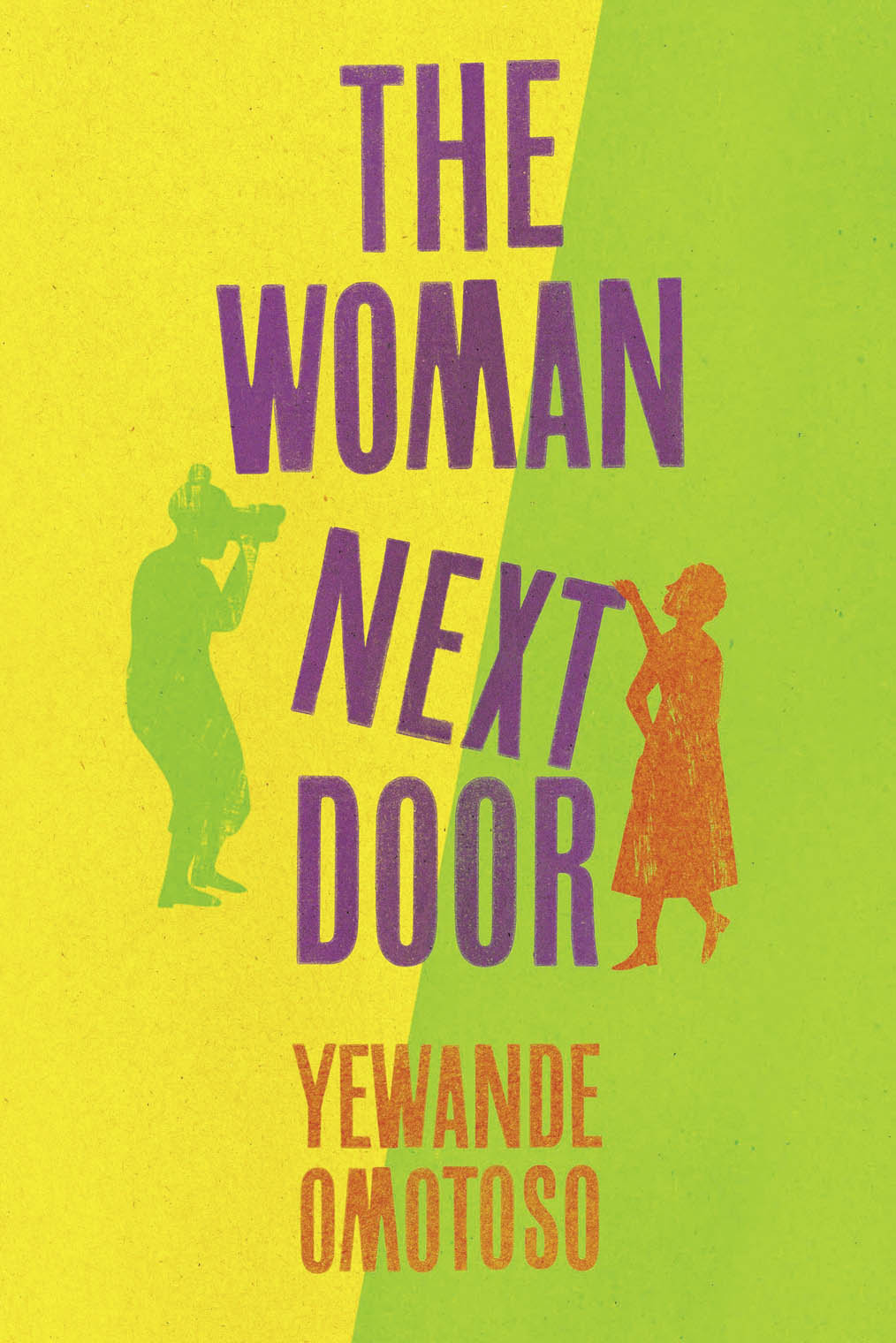It is hoped that the FairCard will revolutionise how commuters conduct other financial affairs too
Yewande Omotoso’s second novel, The Woman Next Door , has just come out. But instead of basking in the sunlight of accomplishment, she is busy disentangling her third work, tentatively titled Sleeping Not Dreaming.
Omotoso, a Johannesburg-based architect, says Sleeping Not Dreaming is about what she likes to think of as an exploded family. “I wanted to deal with motherhood. We don’t have a lot of room for robust ideas about what mothers are,” she says. “In society mothers are kind and loving. We don’t have a lot of room for jealous mothers, rageful mothers, depressed mothers.
“We label that as bad mothering instead of allowing motherhood to encompass the range of human emotions, so I want to talk about that.” This is a theme that is also present in The Woman Next Door.
Although not a mother herself, Omotoso says she has been thinking about motherhood because a lot of her friends have started having children.
“How I’ve worked in my previous two novels is that I have things that preoccupy me,” she says. “Even if there’s politics I want to take it to the intimate spaces as opposed to officialdom.” The Woman Next Door does well to collate her multiple concerns into a witty and emotive read. Two characters, Hortensia James and Marion Agostino, drive the story. The blurb at the back of the book glibly says: “Hortensia and Marion are neighbours. One is black, one white.”
Although one might expect a litany of clichés, Omotoso’s erudite writing and nuanced characters sidestep the pitfalls suggested by the billing. Another concern Omotoso excised through the process of writing The Woman Next Door is what she calls the civility contract that Hortensia and Marion opted out of.
The two are consumed by bitterness, which initially seems only rooted in race, until one journeys with them a little bit further. The attributes of misery and oppression can manifest in people’s body language or the way eye contact is held. These are brought to bear on several characters, such as Bassey and Agnes, Hortensia and Marion’s respective domestics, with effective minimalism.

There are layers of Cape Town’s haunted past and unresolved present, not to mention the shame and culpability of every person who claims never to have supported apartheid. “Part of the joys of reading is knowing that the writer has left some room,” says Omotoso. She takes issue with the suggestion that her pacing between books (Bom Boy was published in 2011) is thanks to the luxury of having another professional career.
“I don’t deliberately take long, I take as long as the book takes to finish,” she says. “Some people take five or 10 years. And again I wouldn’t call it luxury. I would call it a level of rigour. It’s just the things one deals with in writing a book. Some take years to research.”
Omotoso says although she did a fair amount of research for The Woman Next Door, she operates very much in the subconscious. “A lot of creativity bubbles from those spaces,” she says. “I’m not someone who plots meticulously but I do do my interviews as well.”
Omotoso’s training as an architect is evident in the book’s premise. Hortensia and Marion’s coldness is played out behind closed doors, so to speak. Their moments of introspection and their eventual attempts at redemption play out in the richly textured descriptions of their living spaces.
Although Omotoso deals with quintessentially South African issues, reappropriation of wealth, old money, patriarchy and class, the ruminative nature of her writing means that, for the most part, she avoids didacticism. “One of my continual experiences of Cape Town as a black woman is to be in spaces like this [suburban spaces] and be in the minority,” she says. “There must be some reason that this has shifted very slowly in Cape Town.
In literature and in the stories I write I’m interested in looking at why that is.” In this sense, The Woman Next Door is a timely book. The ghosts of Cape Town are not going away. They need more Hortensias to disrupt the senility of its estates built on the backs of black labour. The Hortensias who have usurped these spaces and the privileges they embody also need to check their own complicity.